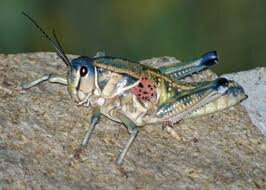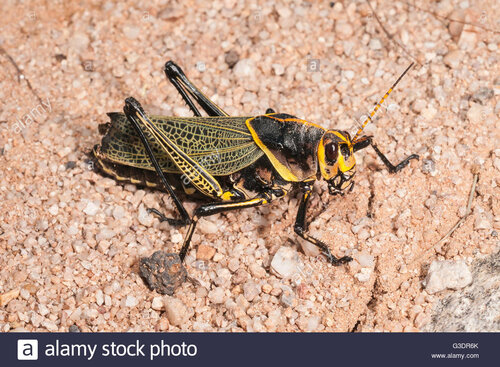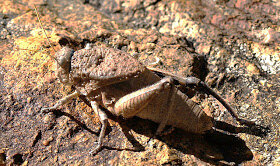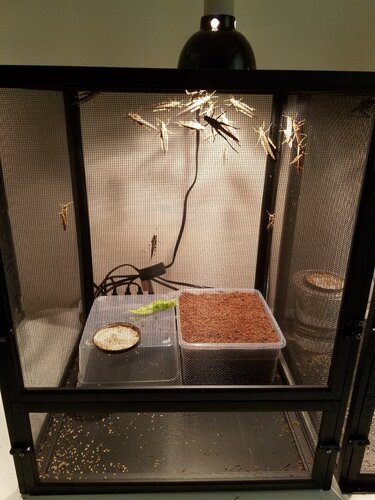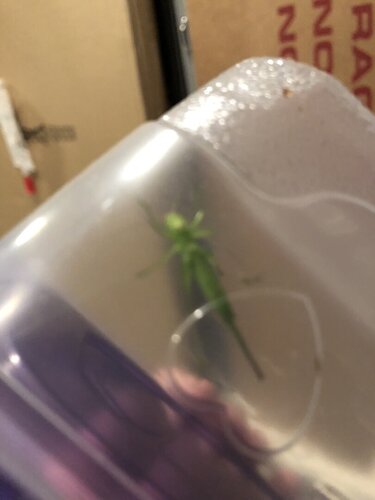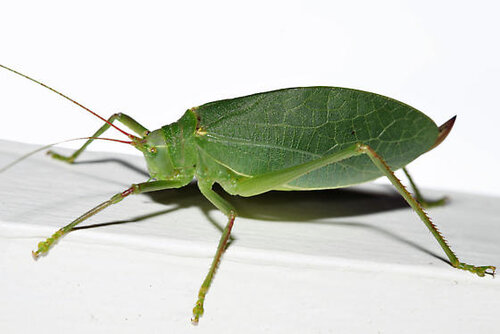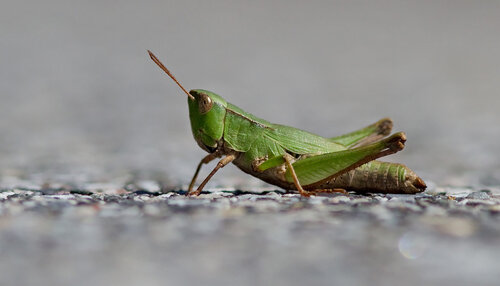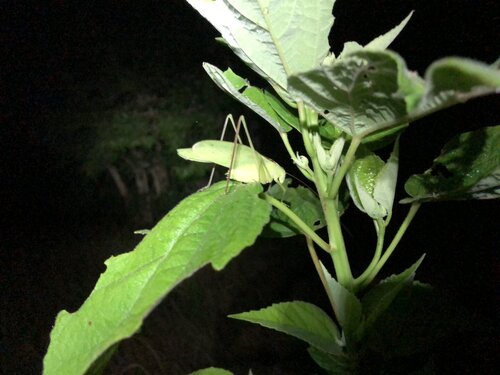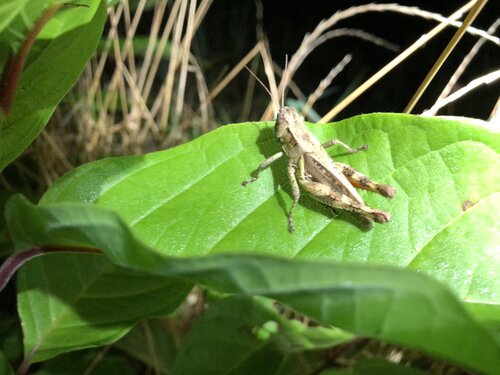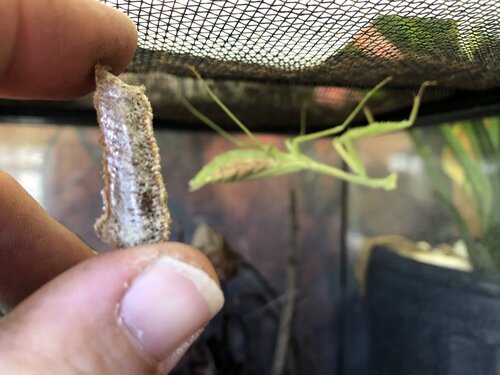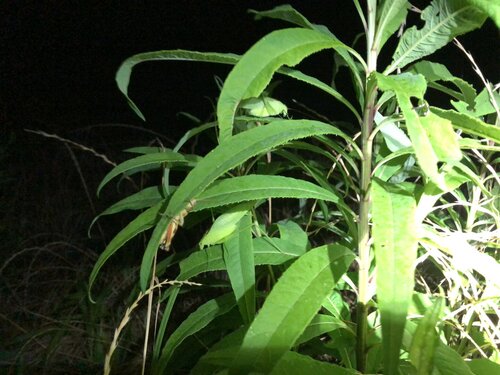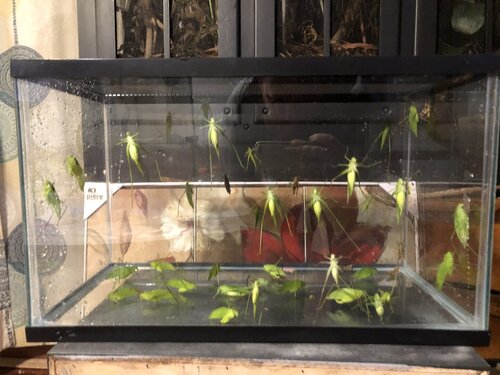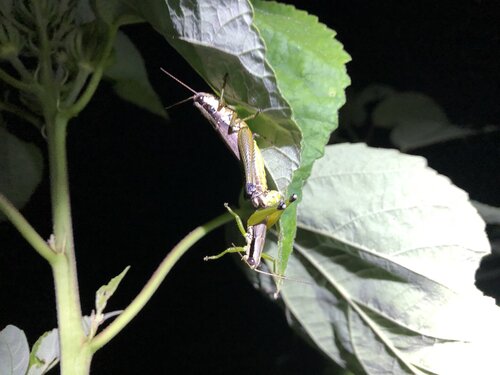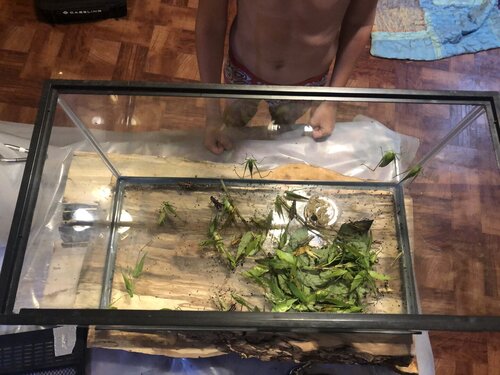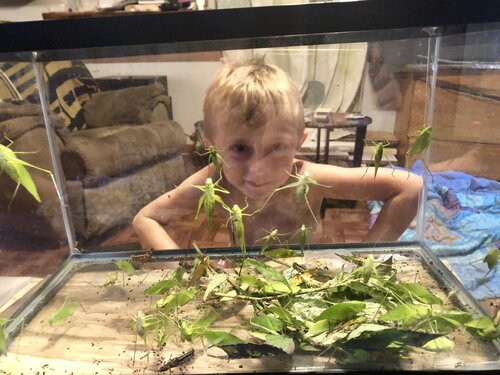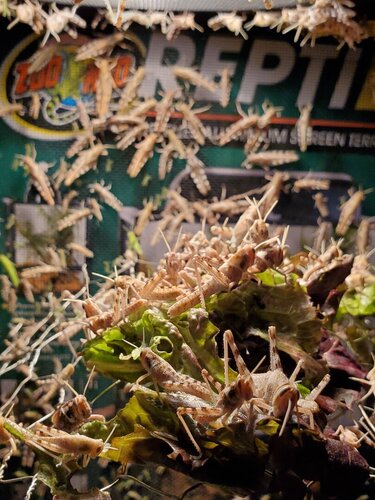snitz427
Chameleon Enthusiast
I’ve been collecting katydids and hoppers, hoping to one day breed... but otherwise just feed off. I am in a residential / suburban part of Baltimore where it is definitely possible they came into contact with chemicals AND rats. My neighborhood isnt infested but you do see the ocassional rat at night.
I’ve been finding a lot of posts where people feed them off without hesitation, and other posts warning that they can carry the same parasites as snails, and more. I am obviously concerned about introducing potential parasites, especially lung worm.
Id love to breed them, but not sure how successful I would be... and then I would need to seperate the eggs and raise them in another area. Grasshopper poop is tiny... is the tiny frass blowing around my bug room capable of infecting my other feeders? Ugh! I am so paranoid about them now, I may just release them.
Anyone out there breeding them or have more insightful info?
I’ve been finding a lot of posts where people feed them off without hesitation, and other posts warning that they can carry the same parasites as snails, and more. I am obviously concerned about introducing potential parasites, especially lung worm.
Id love to breed them, but not sure how successful I would be... and then I would need to seperate the eggs and raise them in another area. Grasshopper poop is tiny... is the tiny frass blowing around my bug room capable of infecting my other feeders? Ugh! I am so paranoid about them now, I may just release them.
Anyone out there breeding them or have more insightful info?




